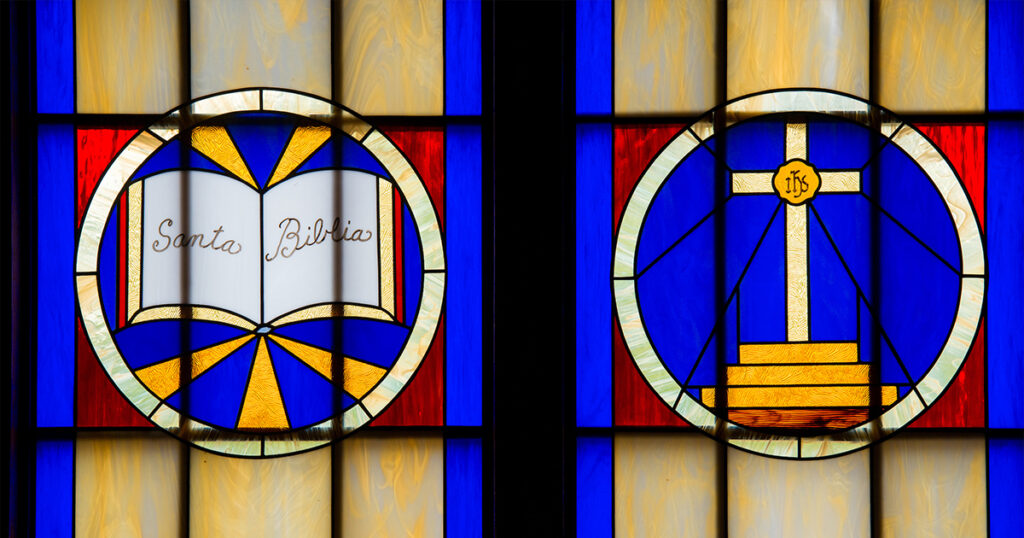
Hispanic Heritage Month will be observed by The Lutheran Church—Missouri Synod (LCMS) from Sept. 15 to Oct. 15. As part of the observance, The LCMS is featuring a series of online articles about Lutheran Hispanic ministry. View collection
In 2016, the Rev. Zabdi Lopez took a call to Hope Lutheran Church, a bilingual congregation located in Woodburn, Ore. But the congregation was bilingual in name only, since the English-speaking members and the Spanish-speaking members rarely mixed. Since then, Lopez’s goal has been to bring the two groups together into one church that uses two languages. In the following interview, he discusses what bilingual ministry looks like and why it’s a blessing for the church.
What led you to become a Lutheran pastor?
I lived in Mexico until I was 29 years old. I attended a Christian church in Mexico City that was not Lutheran. My dad had a good friend who was a Mexican LCMS pastor in California, who is now retired. He came to my house in Mexico City every summer for about four years for his personal vacation time. I remember that at every meal, we had long talks about Christian doctrine and the church.
What was the situation when you arrived at Hope Lutheran Church?
Before I came to Hope Lutheran Church, the church had an interim pastor serving the English congregation and a Hispanic pastor serving the Spanish church. The English service was done inside the church and the Spanish worship in the cafeteria. The English service people knew [that] the Spanish-speaking worshipers existed, but some of them thought that this group was renting the space. Many people didn’t know that it was their own church plant. On the other hand, the Spanish-speaking congregation did not feel at home.
How did you bring them together?
My target goal for the first year of service [in] this community was to make them, English and Spanish worshipers, think that they were only one congregation worshiping in two languages and not two different churches. My second year’s goal was for the Spanish congregation to take ownership of the building. This ownership didn’t only include using the kitchen or the social room, but understanding about offerings and tithing.
Before COVID-19, the two churches were growing. In English, we were … worshiping 60 weekly. In Spanish, we were … worshiping 80. Once a month, we had a bilingual worship service at 10 a.m. We always ate together after bilingual worship. I tried to have special worship services like confirmations, Baptisms and new members always in a bilingual service. … [At first,] all the important decisions were made by only one side of the church. After five years of working in this congregation, our directors are three Hispanic and three Anglo.
What are the challenges of a bilingual congregation?
The challenges are big, but nothing bigger than the disciples in the time of Jesus had when they had Greeks and Jews worshiping together. It is a work in progress. Both groups need to understand to love each other’s traditions. In our potlucks, maybe we should eat bratwurst tacos and hamburgers with cilantro.
What are the blessings?
The blessings are many. The Lord said in Matthew [to] go to all nations. The other day when we were changing the flooring in our cafeteria, my wife counted more than 10 nations represented by the members and non-member volunteers. It is just beautiful to see people who look so different but are saved by the same blood of Jesus serving and worshiping together.